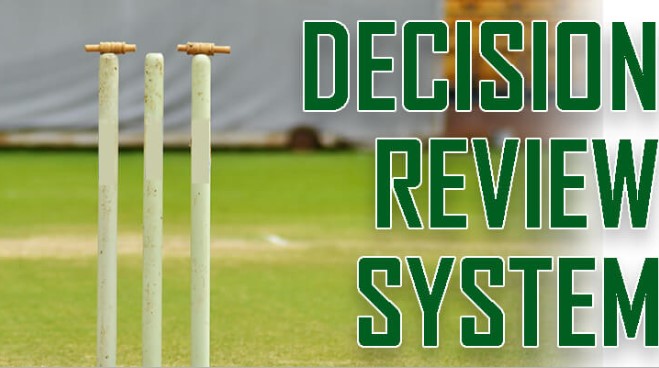In this new era of advancement in almost everything, the second most popular sport in the world also changes repeatedly. Previously, when a player questioned the umpire over his decision that was considered to amount of dissent. Now the picture is changed, today when a player is not satisfied with the umpire’s decision he immediately took a DRS to clear the confusion.
ICC opted the DRS rule in (year), and since this technology saved many batters from getting incorrectly out, but the technology also creates a lot of confusion and something it’s hard to analyze whether someone is out or not because of the close and clear calls dilemma.
What is Umpire’s Call?
Umpire’s call is specific to lbw decisions.
When the third umpire is unable to settle on one of the three factors of an LBW judgement (ball pitch, ball impact, and whether the ball would have reached the wickets), an umpire’s call is used. In such circumstances, the third umpire upholds the decision of the on-field umpire, which is known as an umpire’s call.
When the evidence suggests that an appeal is too close to be confidently considered out or not out, an umpire’s call verdict is returned. As the name implies, no confirmation or reversal is possible in such instances, and the umpire’s original call stands.
What’s the difference between clear and close calls?
Close decisions differ from clear decisions when it comes to a review.
This distinction between close and clear is crucial. When an umpire misjudges the ball and gives out or does not give out, the other team/player challenges his decision because of the certainty that the player is out or not out.
When it’s difficult to tell if the ball hit the ground before the catch or if the ball hit the pad first before the bat, it’s called a close call.
A more optimal version of the review would require the players to state which component of the lbw decision they disagree with, such as whether they believe the ball was missing the stumps, pitched outside leg, had an inside edge, or hit outside the line of the off stump.
Currently players only get a reversal if they are proved correct in their claims. So, if a player claims the ball was pitched outside leg and missed the stumps, but the review indicates the ball was pitched outside leg and hit the stumps that review is not reversible.
The Final Words:
Close calls and clear ones are a bit confusing but DRS made it quite simple. However, DRS has been criticized over the years but ICC already cleared the air many times in past 7 years that the DRS was introduced to rectify the errors, if any, made by the umpires.


